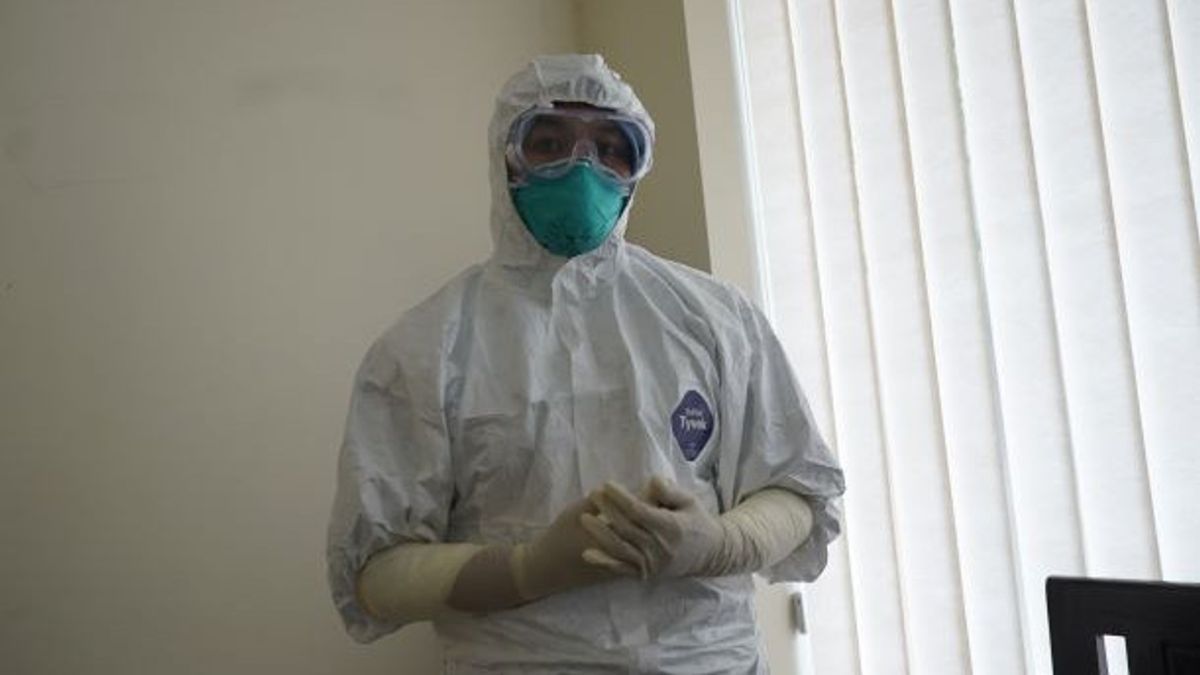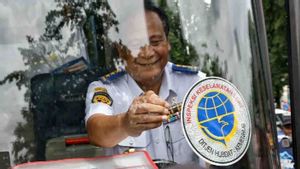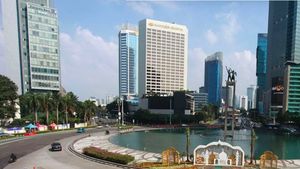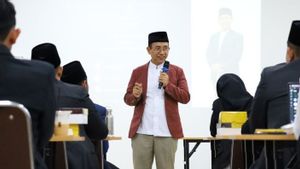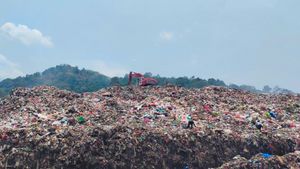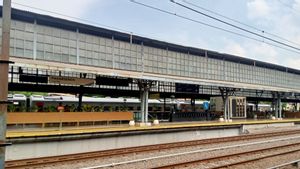JAKARTA - The premium coat production house, Wong Hang Tailor, produces and donates at least 1,000 personal protective equipment (PPE) in the form of hazmat (coverall) and face shield.
This assistance is distributed to the Association of Indonesian Emergency Doctors (PDEI). The target of sending PPE is to meet the needs outside Java Island. This is because there are still many Red Zone areas outside Java that really need proper PPE according to medical standards.
This PPE can not only be used for medical personnel, but also for officers related to handling COVID-19 who do not have PPE. Such as ambulance drivers, gravediggers, hospital cleaners, or hospital security guards.
Representative of Wong Hang Tailor Stephen Wongso stated that his party was moved to produce "weapons of war" to prevent the transmission of COVID-19 for medical and non-medical personnel due to the lack of domestic production.
"We heard that there was a child of a partner who handled COVID-19 patients at a government referral hospital. He had to use 1 coverall repeatedly due to the lack of coverall stock at the hospital," said Stephen in a statement received by VOI, Thursday, May 14 .
PDEI Chairman Moh. Adib Khumaidi admitted that the need for medical personnel is indeed increasing. Especially all PPE is disposable, because it must be destroyed immediately so that the virus that is attached is not transmitted.
Not to mention, PPE is not only used by medical personnel who treat patients. Non-medical personnel related to handling COVID-19 also require the use of PPE.
"The average PPE requirement for a medium-scale hospital is around 50 to 100 sets per day. Meanwhile, for large-scale hospitals it ranges from 150 to 250 sets per day," said Adib.
Constraints and complexity of making PPEThe PPE coverall made by Wong Hang uses 90-100 grams of spunbound material for medical personnel. There is also PPE that uses parachute and nylon material for non-medical purposes, which can be re-washed, and you don't have to throw it away.
Stephen said the complexity of making PPE according to health standards to prevent the corona virus from reaching the bodies of health workers. Armed with a used coverall, Stephen dissects the pattern and adapts their coverall pattern to the original pattern and model.
In addition, the types of needles used and the selection of materials have also been researched in detail so that they meet the standards for medical use. After it was finished, Wong Hang's coverall samples were sent to a number of doctors for input.
"The doctors provided many revisions in perfecting our coveralls. From this input, we revised them dozens of times until finally they met the medical requirements until finally our raw materials and suture standards were in accordance with the medical SOP," explained Stephen.
Furthermore, Stephen acknowledged that Wong Hang's main obstacle at this time in PPE production is the price of raw materials which continues to soar up to 300 percent. As a result, sellers charge PPE at high prices.
In addition, he said, many individuals took advantage of this pandemic situation by producing coveralls with substandard materials but reaping benefits from this. On the other hand, many ordinary people do not understand PPE and are just donations.
"There are potential donors who only look at the price and give priority to the amount of PPE they want to donate but do not see the quality standards of the goods they want to donate, especially for medical personnel," said Stephen.
"In fact, what must be understood is that the PPE material and stitches to be given must comply with medical standards because it can threaten the wearer's life," he added.
The English, Chinese, Japanese, Arabic, and French versions are automatically generated by the AI. So there may still be inaccuracies in translating, please always see Indonesian as our main language. (system supported by DigitalSiber.id)
